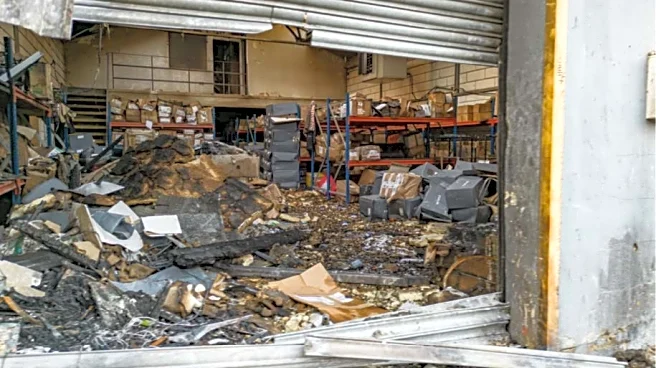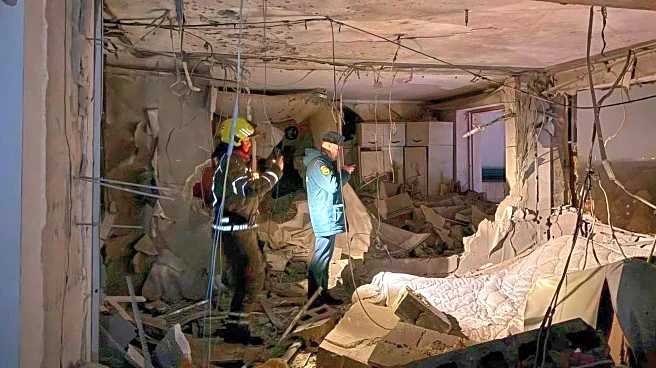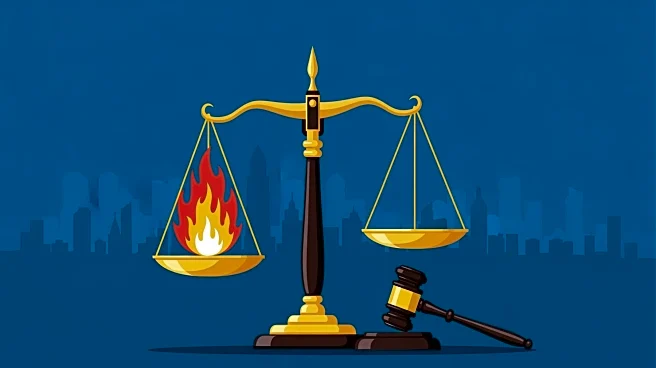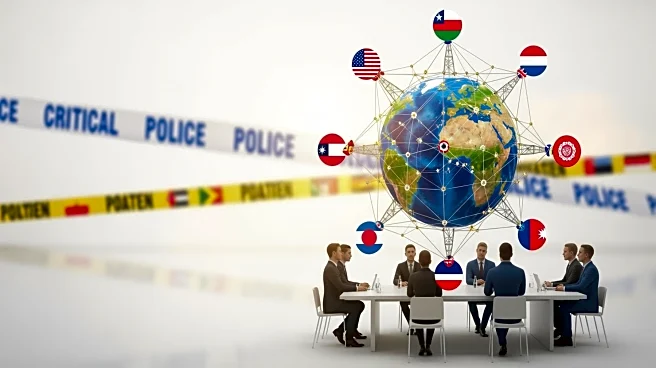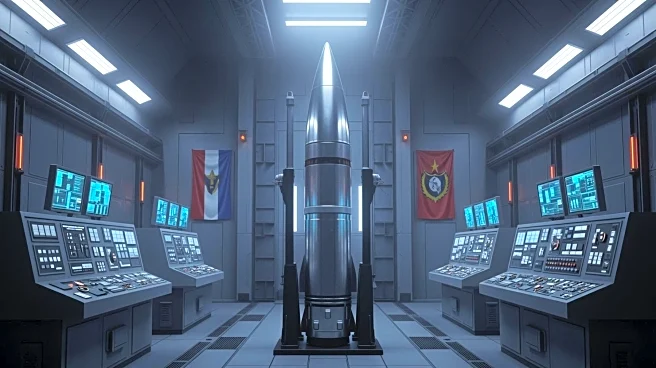What's Happening?
Norwegian Defense Minister Tore Sandvik has raised concerns about Russia's military buildup in the Arctic Circle, specifically on the Kola Peninsula, where a significant nuclear arsenal is reportedly aimed
at the United States. This development is part of Russia's broader military strategy, which includes testing new weapons such as hypersonic missiles and nuclear-driven torpedoes. The Kola Peninsula is home to one of the largest collections of nuclear warheads globally, and its strategic location allows Russia to target not only Norway but also the UK, Canada, and the US. The Northern Fleet, based in this region, remains a critical component of Russia's military power, despite setbacks in Ukraine.
Why It's Important?
The reinforcement of Russia's nuclear capabilities in the Arctic poses a significant threat to NATO and its allies, including the United States. This development underscores the ongoing geopolitical tensions between Russia and Western nations, exacerbated by the conflict in Ukraine. The presence of advanced weaponry in the Arctic could potentially alter the strategic balance, prompting NATO to reassess its defense posture in the region. The situation highlights the importance of Arctic security and the need for vigilance among NATO members to counter potential threats from Russia's military advancements.
What's Next?
As tensions between Russia and the West continue, particularly with the ongoing conflict in Ukraine, NATO may need to enhance its surveillance and defense measures in the Arctic. The potential deployment of more advanced weapon systems to Ukraine by Western allies could further escalate the situation. Additionally, diplomatic efforts may be necessary to address the growing military presence in the Arctic and to prevent further deterioration of relations between Russia and NATO countries.
Beyond the Headlines
The strategic importance of the Arctic is becoming increasingly apparent as climate change opens new shipping routes and access to natural resources. Russia's military buildup in the region could be seen as an attempt to assert control over these emerging opportunities. This situation raises ethical and environmental concerns, as increased military activity could disrupt fragile ecosystems and indigenous communities. The international community may need to consider new frameworks for Arctic governance to address these challenges.



